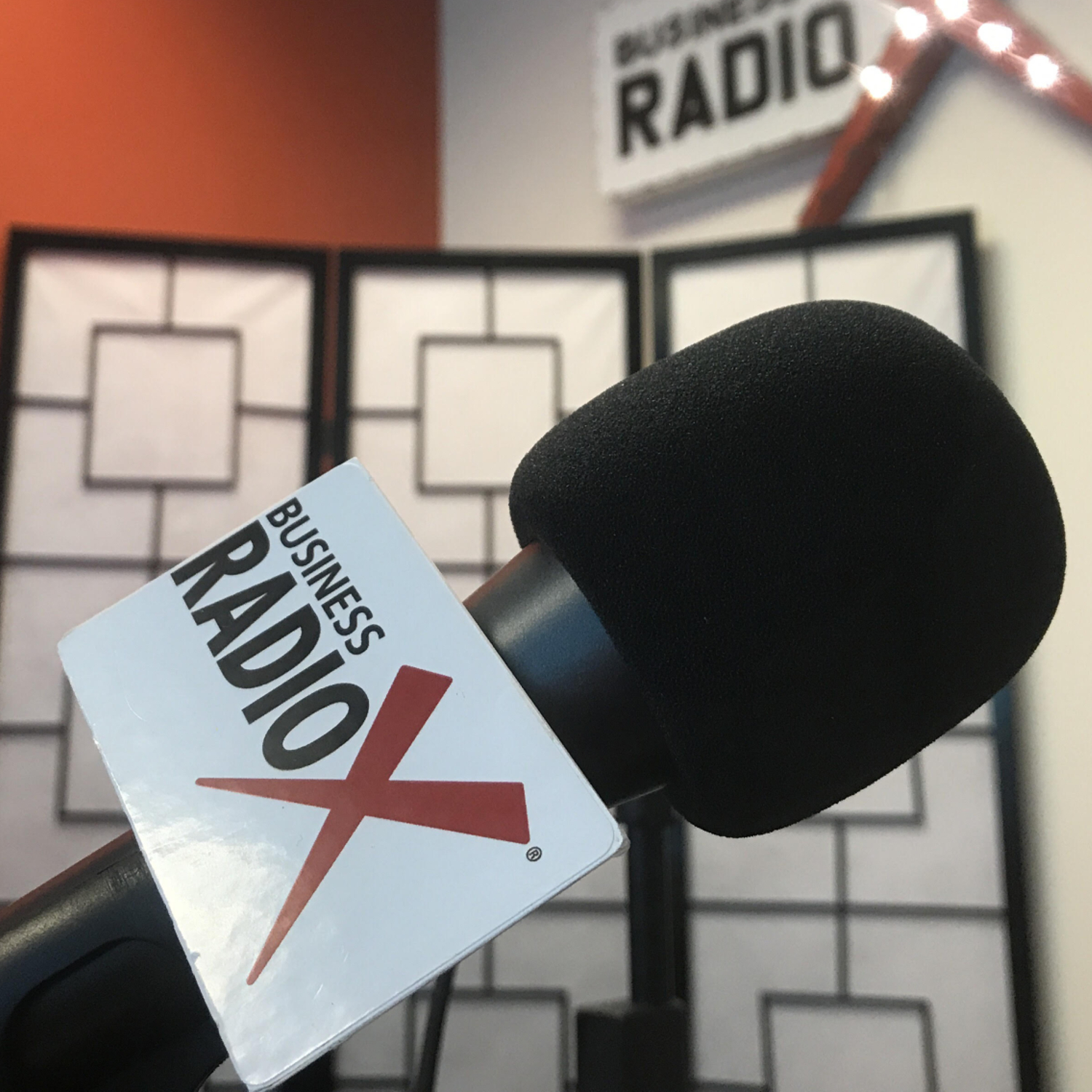
BRX Stories – Yum! Brands
Stone Payton: And we are back with Business RadioX Pro Tips. Stone Payton and Lee Kantor here with you. Lee, let’s share our experience with TrainingPros and Yum! Brands.
Lee Kantor: All right. TrainingPros was a client of ours that we had for a very long time, and then their business was that they work with companies and provide temporary trainers to come in and do training for the organization. And they were having a difficult time kind of getting in front of the people that matter most to them, so we created a show called Learning Insights that helped them meet and serve kind of the learning professionals in enterprise level organizations.
Lee Kantor: So, we were doing the show for quite some time and, in fact, they’re the ones who coined the phrase relationship building moments, because they saw so much value in terms of all of the opportunities that their salespeople had in building deeper and deeper relationships with people throughout our entire process. And that’s really kind of where that phrase was coined, where, you know, we have relationship building moment, and inviting the guest, and having a pre-call with the guest, with having the guest on the show, following up with the person after the fact. So, every interaction is really multiple relationship building moments.
Lee Kantor: So, we were doing the show for quite some time, and their big trade show came up. What was that? SHRM? Which one was it? Stone, do you remember?
Stone Payton: I want to say ASTD. I think it’s called ATD now. But I think it was ASTD, all the training firms, consulting firms get together.
Lee Kantor: That’s a big big event. That’s a huge event.
Stone Payton: Oh, yeah.
Lee Kantor: And so, they said, “Hey, can we bring the show on the road and have you appear in our trade show booth?” And we, of course, said yes. So, we were basically 80 percent of their booth. They didn’t get a bigger booth the first year. They just put us, you know, smack dab in the middle of their booth, and we had our microphones and headphones and mixer all front and center, and people were coming and being interviewed live in their booth. And it was super cool because their salespeople were able to invite people that would be difficult for them to really interact with into the booth. The people had to wait their turn while we got set up, so their salesperson got to spend a lot of time with people that were very important to them.
Lee Kantor: And do you remember the Yum! Brand person, Stone?
Stone Payton: Oh, yeah. This guy, he was on the front cover of Chief Learning Officer magazine. He was the grand poobah, vice-president of global learning, and he had a particular interest in multi-generational learning. And he had written at least one, maybe two or three articles on that topic. So, our counsel to our people was when you reach out, find out what they’re excited about, make this conversation on the show, make it about what they want to talk about. So, they reached out to the guy and asked him if he would come on and share his insight and perspective on multi-generational learning, so that’s how they landed the interview.
Lee Kantor: Yeah. And one of the interesting things was, when we do these interviews, a lot of times people just show up. Like, he just showed up there. It wasn’t prescheduled. And I grabbed their badge to see who they are because I have to introduce them. His badge was backwards and then I’m like, “Oh, I’m sorry, I can’t read your badge.” And he’s like, “Oh, I turn my badge backwards when I walk through these conferences. I usually don’t go into the area where all the booths are, because when they see that I’m with Yum! Brands, I get bombarded with people. And so, I slipped my badge backwards so that no one knows who I am because, you know, I wouldn’t be able to go two feet without somebody coming up to me. So, that’s why I flipped it backwards.”
Lee Kantor: So, I had never seen or heard that strategy before, but I would imagine that somebody who’s with a super large company, and that he is a sought after contact, he would do something like that. But for our client, he was voluntarily coming in here happy to spend 10, 15, 30 minutes with our client, hanging out in the booth, getting his picture taken, getting interviewed, and helping our clients build a deeper and deeper relationship with this kind of high value target.
Stone Payton: Well, the lesson that really stands out for me from all of that, and that was a great deal of fun, and it really ingrained our value to the client, I mean, so we did that kind of work with them for years, really, until the guy sold the company. But the thing that stands out the most for me, Lee, is we didn’t just say yes. They were sitting in the studio right after one of their shows, and they said, “Is there any way we could take this on the road and maybe go to this conference?” And there was like, beep, beep, you and I looked at each other, we both said, “Yeah, of course.” And we didn’t have the first clue.
Stone Payton: So, we saw an opportunity. We recognized and listened to the client’s need. We said yes, and then we went home and figured out how to execute. Remember that?
Lee Kantor: Yeah. That’s a good lesson for entrepreneurs out there.















